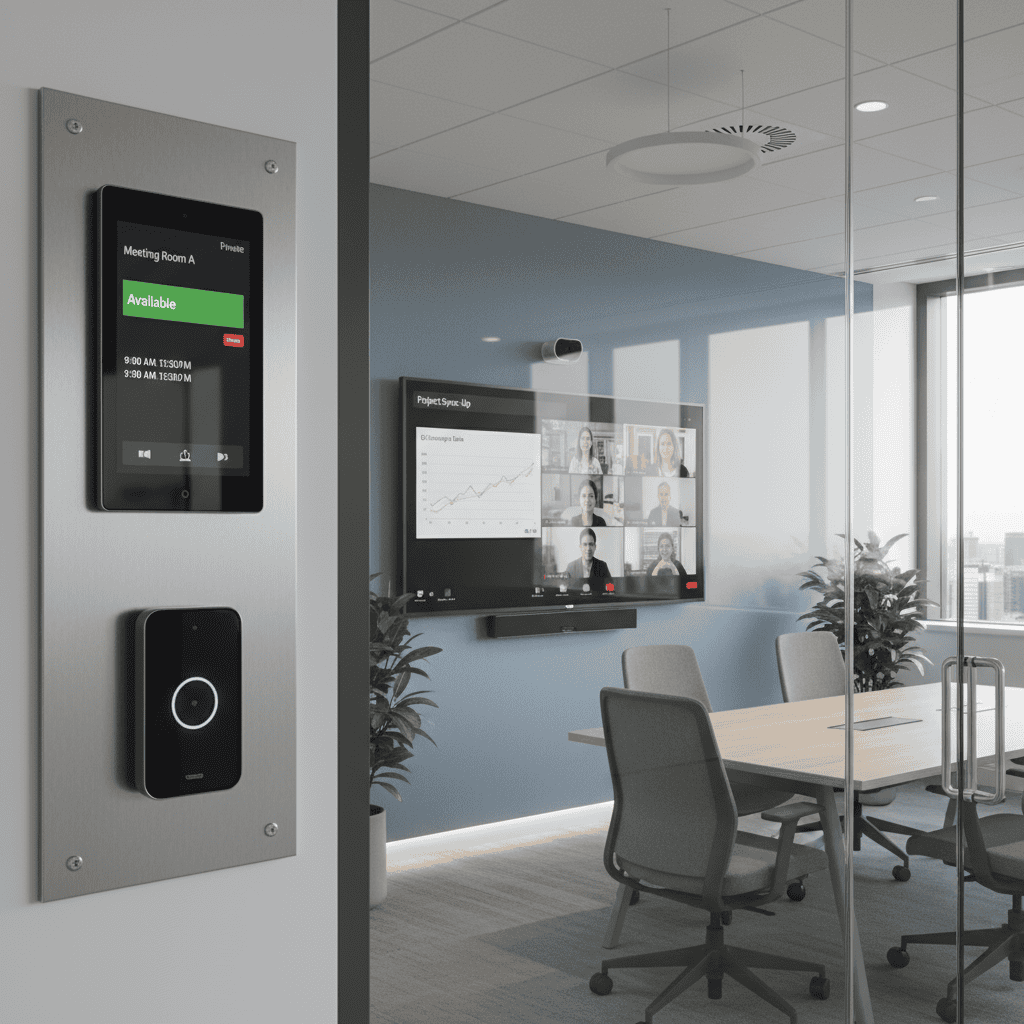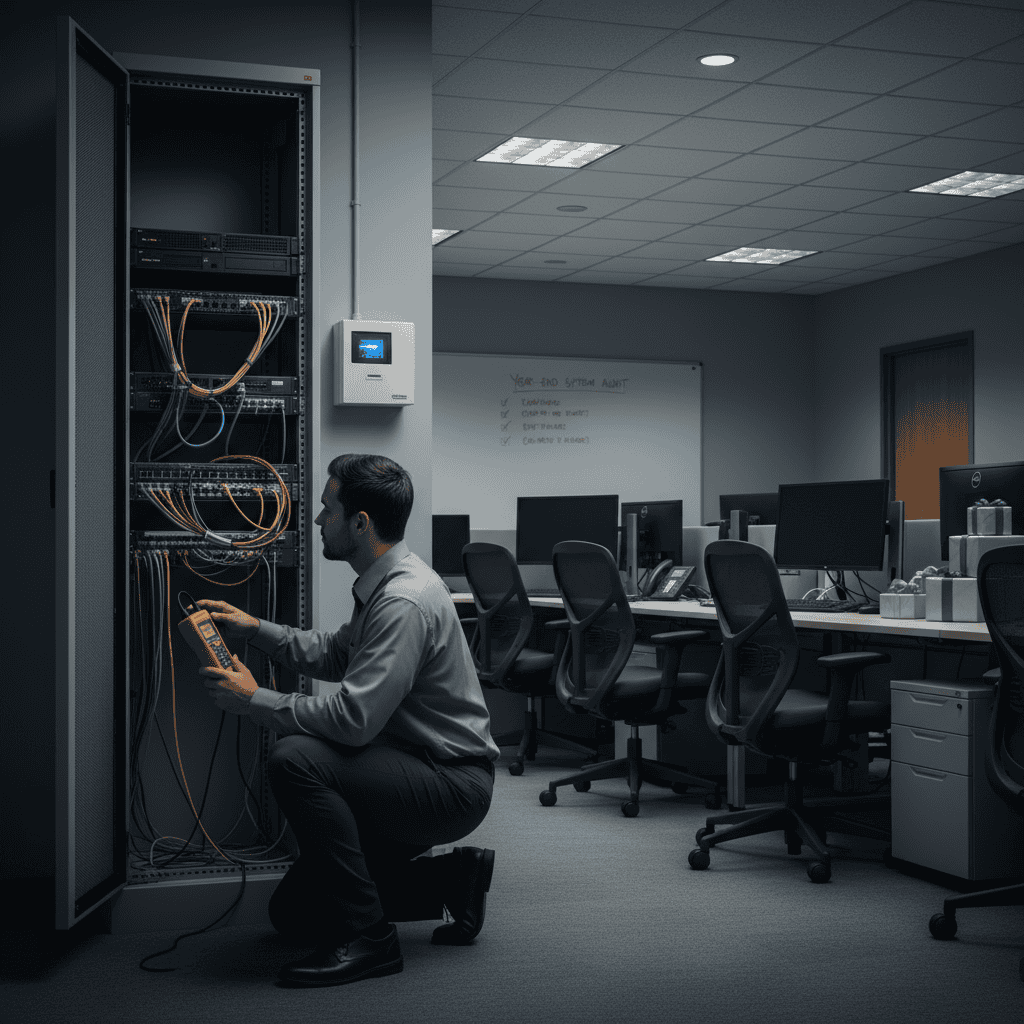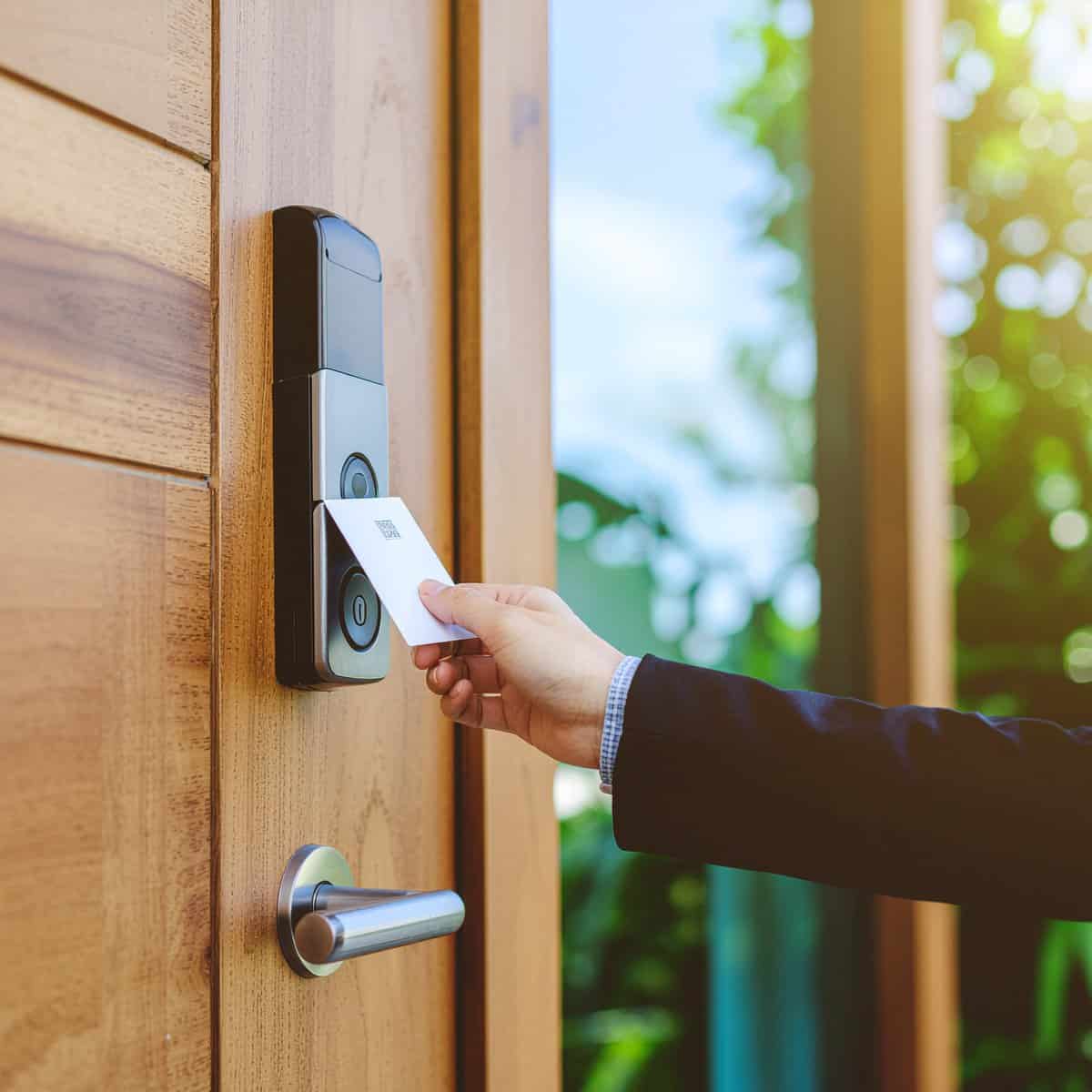SOC 2 Compliance: A Comprehensive Guide to Achieving and Maintaining Compliance

As technology continues to advance and permeate all aspects of business, the protection of customer data remains a top priority. With SOC 2 compliance, organizations can effectively showcase their steadfast commitment to safeguarding data and maintaining the trust and confidence of their clients.
This comprehensive guide will help you fully understand SOC 2 compliance, the different types of SOC 2 reports, and how businesses can successfully achieve this compliance.
What is SOC 2 Compliance?
SOC 2, which stands for System and Organization Controls 2, is a framework established by the American Institute of Certified Public Accountants (AICPA) that focuses on non-financial reporting controls related to the security, availability, processing integrity, confidentiality, and privacy of a service organization’s systems.
SOC 2 compliance is applicable to a wide range of businesses, especially those that store, process, or transmit sensitive customer data, such as Software as a Service (SaaS) providers and cloud computing vendors.
There are two types of SOC 2 reports:
Type 1
This report focuses on designing and implementing a service organization’s controls as of a specific date. It provides a snapshot of the organization’s security measures at a particular point in time.
Type 2
This report goes a step further and assesses the effectiveness of the controls over a specified period, typically ranging from six months to a year. It offers a more comprehensive evaluation of the organization’s security measures and their consistent application.
SOC 2 audits are based on five Trust Service Principles established by the AICPA:
1. Security: The organization’s systems are protected against physical and logical unauthorized access.
2. Availability: The systems are available for operation and use as committed or agreed upon with clients.
3. Processing Integrity: The systems process data in a complete, accurate, and timely manner, delivering the expected output.
4. Confidentiality: Information designated as confidential is protected as committed or agreed upon with clients.
5. Privacy: Personal information is collected, used, retained, disclosed, and disposed of in accordance with the organization’s privacy policies and applicable legal requirements.
Understanding these principles and the SOC 2 compliance requirements will help IT professionals navigate the process of achieving and maintaining this important certification.
Why Businesses Need SOC 2 Compliance
In an era where data breaches and cyber threats are increasingly common, businesses must take proactive measures to protect sensitive information and ensure the security of their systems.
SOC 2 compliance is essential for organizations that handle customer data, and there are several compelling reasons why businesses should prioritize it:
Increased customer trust and confidence
Achieving SOC 2 compliance demonstrates to clients and stakeholders that the organization takes data protection seriously and has implemented robust controls to safeguard their information. This can lead to stronger relationships, increased loyalty, and higher customer retention rates.
Improved security and risk management
The process of obtaining SOC 2 compliance requires organizations to evaluate their security controls and identify potential vulnerabilities thoroughly. This proactive approach to risk management helps businesses detect and address issues before they lead to data breaches or other security incidents.
Compliance with industry regulations and standards
Many industries like finance, healthcare, and e-commerce have strict regulatory requirements for protecting sensitive data. Achieving SOC 2 compliance can help organizations meet these requirements and avoid potential fines or legal actions.
Gaining a competitive advantage
As businesses become more reliant on technology and data, clients and partners increasingly demand proof of security measures. Organizations that can demonstrate SOC 2 compliance will have a competitive edge over those that cannot, positioning them as more secure and reliable partners.
In short, prioritizing SOC 2 compliance is a strategic business decision that can strengthen an organization’s security posture, increase customer trust, and help meet regulatory requirements, ultimately providing a competitive advantage in the marketplace.
How to Achieve SOC 2 Compliance
Achieving SOC 2 compliance can be complex, but organizations can successfully navigate it with a methodical approach and proper planning. The following steps outline a recommended path for IT professionals to attain SOC 2 compliance:
Identify the scope of the audit.
Begin by determining which systems, processes, and services are in scope for the SOC 2 audit. This step allows the organization to focus its efforts on the areas most relevant to the Trust Service Principles.
Develop policies and procedures addressing Trust Service Principles
Review the organization’s existing policies and procedures, identifying gaps or areas that need improvement. Create comprehensive documentation addressing the five Trust Service Principles, ensuring that the organization’s practices align with the requirements for SOC 2 compliance.
Conduct a readiness assessment.
Perform an internal assessment to evaluate the organization’s readiness for a SOC 2 audit. This assessment should identify potential weaknesses or areas of non-compliance, enabling the organization to address these issues before engaging a third-party auditor.
Implement necessary security controls.
Based on the readiness assessment results, implement the necessary security controls and measures to address any identified gaps. This may involve updating existing controls, introducing new technologies, or modifying internal processes to align with SOC 2 requirements.
Engage a qualified auditor to conduct the audit.
Once the organization feels confident in its compliance with the Trust Service Principles, engage a qualified auditor to perform the SOC 2 audit. This auditor should be experienced and certified by the AICPA to conduct SOC 2 assessments.
Address audit findings and recommendations.
Upon receiving the audit report, review the findings and recommendations, and implement any necessary changes or improvements to address identified weaknesses. Sometimes, this may involve engaging the auditor for follow-up assessments or additional guidance.
Obtain a SOC 2 attestation report.
After successfully completing the audit and addressing any findings, the organization will receive a SOC 2 attestation report. This report can be shared with clients and stakeholders to demonstrate the organization’s commitment to data security and compliance with the Trust Service Principles.
Benefits of SOC 2 Compliance
Achieving SOC 2 compliance offers many benefits for businesses handling sensitive customer data. By adhering to the Trust Service Principles and demonstrating a commitment to data protection, organizations can experience the following advantages:
Improved security and reduced risk of data breaches
Implementing the security controls required for SOC 2 compliance helps organizations strengthen their security posture, reducing the likelihood of data breaches and other cyber threats. This proactive approach to security ensures that sensitive data is adequately protected and potential vulnerabilities are identified and addressed promptly.
Increased customer trust and confidence
In an increasingly competitive market, organizations that can demonstrate SOC 2 compliance signal to clients and stakeholders that they prioritize data protection. This commitment to security fosters trust and stronger relationships, increasing customer loyalty and retention.
Compliance with industry regulations and standards
Many industries, such as finance, healthcare, and e-commerce, have stringent requirements for data protection. Achieving SOC 2 compliance can help businesses meet these regulatory obligations, avoiding potential fines, legal actions, or damage to their reputation.
Competitive advantage
As more businesses demand proof of security measures, organizations that can showcase SOC 2 compliance stand out among competitors. By positioning themselves as secure and reliable partners, they can attract new clients and partnerships, ultimately driving business growth.
Streamlined internal processes
Achieving SOC 2 compliance often requires organizations to review and improve their internal processes and procedures. This exercise can increase operational efficiency, resource allocation, and streamlined workflows.
Enhanced employee awareness and training
As part of the SOC 2 compliance process, organizations must engage in ongoing employee training and awareness initiatives. This focus on security education helps create a culture of security and reduces the likelihood of human error leading to data breaches or other incidents.
Facilitated vendor management
When an organization achieves SOC 2 compliance, it simplifies vendor management by providing a standardized security benchmark. This allows businesses to more easily assess the security posture of their vendors and partners, ensuring that their entire supply chain adheres to stringent security standards.
Simply put, embracing SOC 2 compliance can help businesses bolster their security measures and position themselves for long-term success in a competitive market that increasingly values data protection and security.
Safeguarding Data with SOC 2
Prioritizing data security is crucial for businesses that handle sensitive customer information. And SOC 2 compliance is a major aspect of a robust security strategy, offering numerous benefits such as improved security, increased customer trust, and compliance with industry regulations.
By following the steps outlined in this guide and maintaining a proactive approach to data protection, IT professionals can successfully achieve and maintain SOC 2 compliance, ultimately fostering stronger relationships with clients and partners and gaining a competitive edge in the market.
Ready to enhance your data security and achieve SOC 2 compliance? Trust the experts at Smart Systems to guide you through the process. Contact us to elevate your data infrastructure and unlock the full potential of your IT processes.
About i.e.Smart Systems
i.e.Smart Systems is a Houston, TX based technology integration partner that specializes in design and installation of audio/visual technology and structured cabling. For more than three decades, our team of in-house experts has partnered with business owners, architectural firms, general contractors, construction managers, real estate developers, and designers in the Houston market, to deliver reliable, scalable solutions that align with their unique goals.




